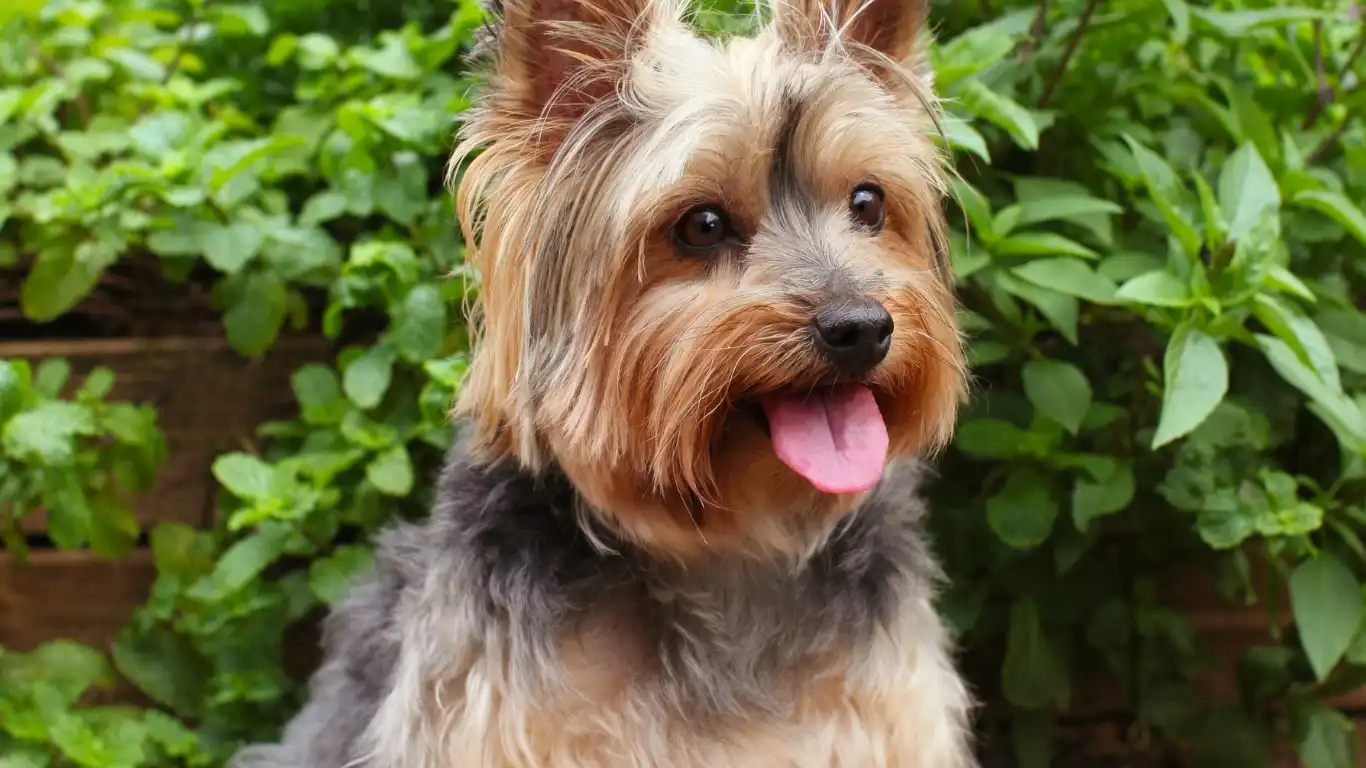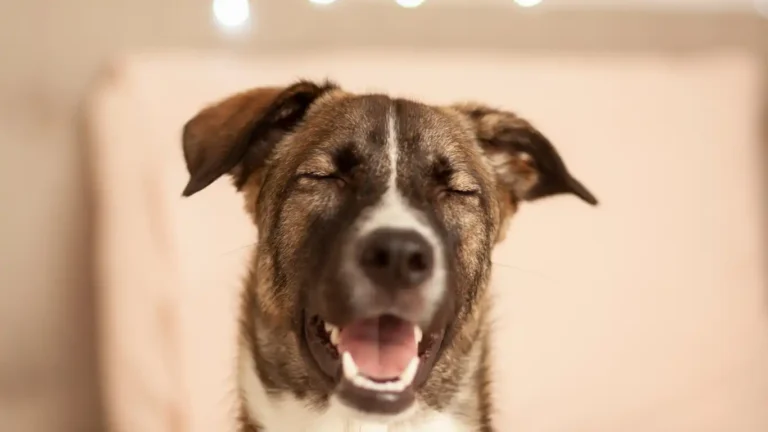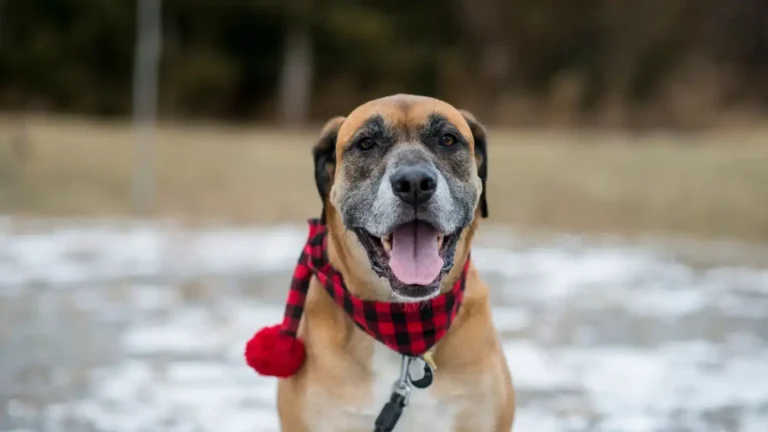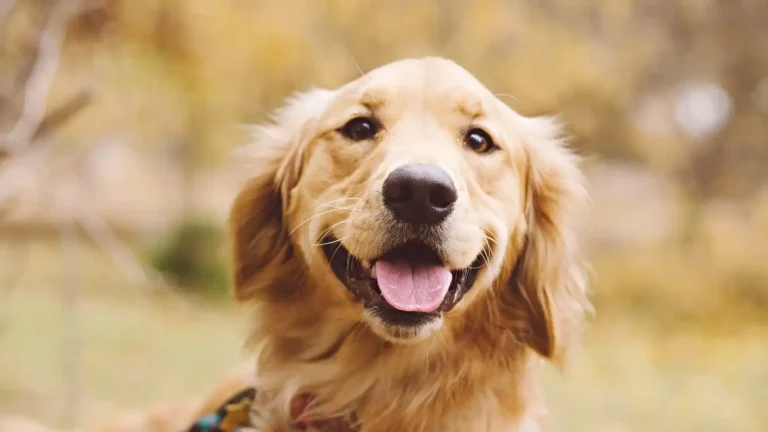How to Set Up a Dog’s Area in a Small Apartment for Happy Pets
If you’re living in a cozy apartment and wondering how to set up a dog’s area in a small apartment without turning your place into a chaotic fur-fest, I’ve got you covered. As a Veterinary Technician/Nurse who’s specialized in pet nutrition for over a decade, I’ve helped countless pet parents make small spaces work for both their sanity and their dog’s comfort. Whether you’re raising a high-energy puppy or a senior snugglebug, there’s definitely a way to carve out a chill, functional space that feels like a doggy sanctuary—even in a one-bedroom apartment.
Why Your Dog Needs a Dedicated Space

Just like us, dogs crave routine and security. Having a designated area isn’t just about keeping your floors fur-free (though that’s a nice perk). It’s about giving your pup a sense of ownership and safety. Especially in apartments, where space is tight and stimulation can be constant—think street noise, neighbor footsteps, delivery drivers—dogs need a zone that’s all theirs to decompress.
From my clinical experience, I’ve seen stressed-out pups become more relaxed and better behaved when they have a “go-to” spot. Plus, when it’s time for crate training or quiet time, having that dedicated area makes transitions way smoother.
Picking the Right Spot in a Small Apartment
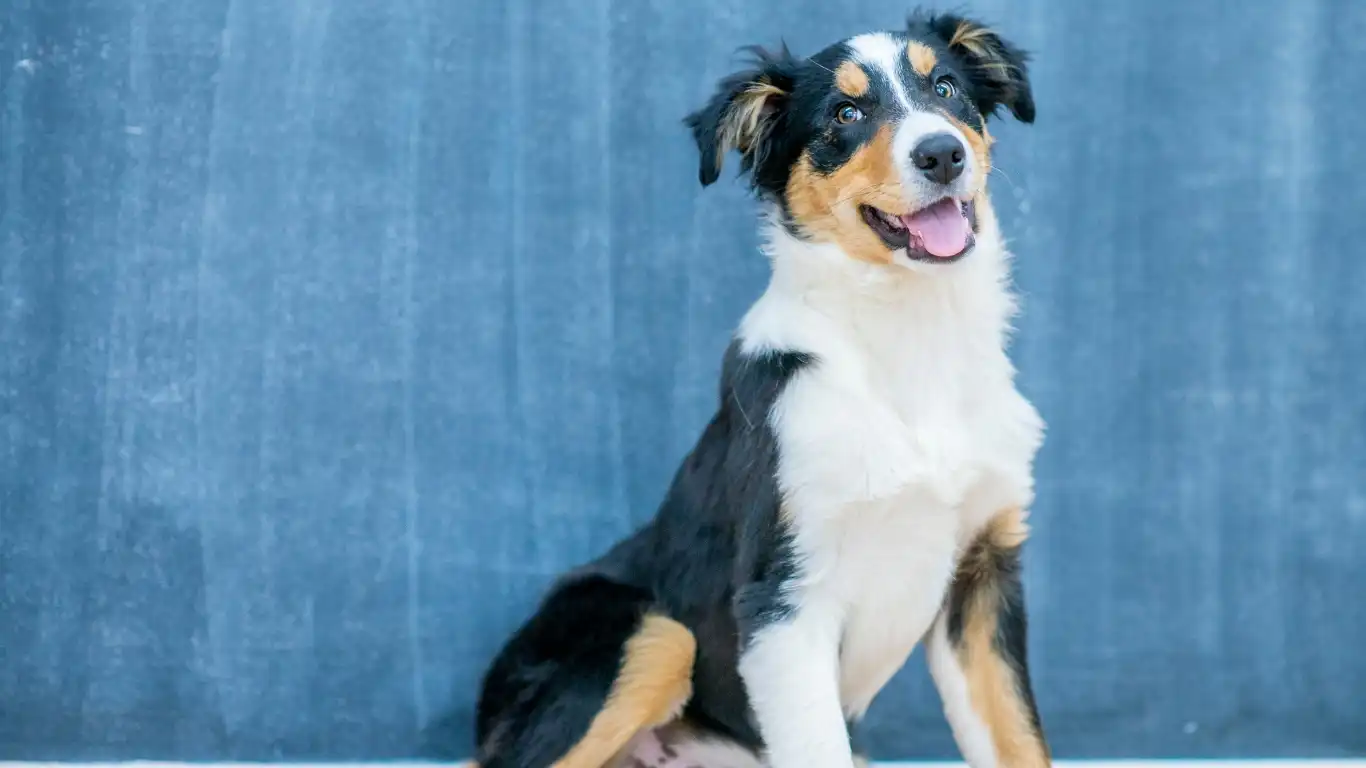
Assess Your Layout
Take a moment to walk through your apartment with your pup in mind. You’re looking for a spot that’s quiet, draft-free, and not smack in the middle of foot traffic. I usually suggest:
- A corner in the living room or bedroom
- Unused space under a desk or behind the couch
- A nook near a window (dogs love natural light!)
When I lived in a studio with my rescue beagle, Daisy, I turned a corner near the balcony into her space. It wasn’t huge, but it had everything she needed—comfort, quiet, and a bit of sunlight for her afternoon snoozes.
Light and Noise Matter
Dogs are more sensitive to sensory input than we realize. Placing their area right next to your blaring TV or directly under a bright ceiling light? Not ideal. Try soft lighting, maybe a lamp, and keep the area away from speaker systems or noisy appliances like dishwashers or laundry machines.
Essential Items to Include in Your Dog’s Space
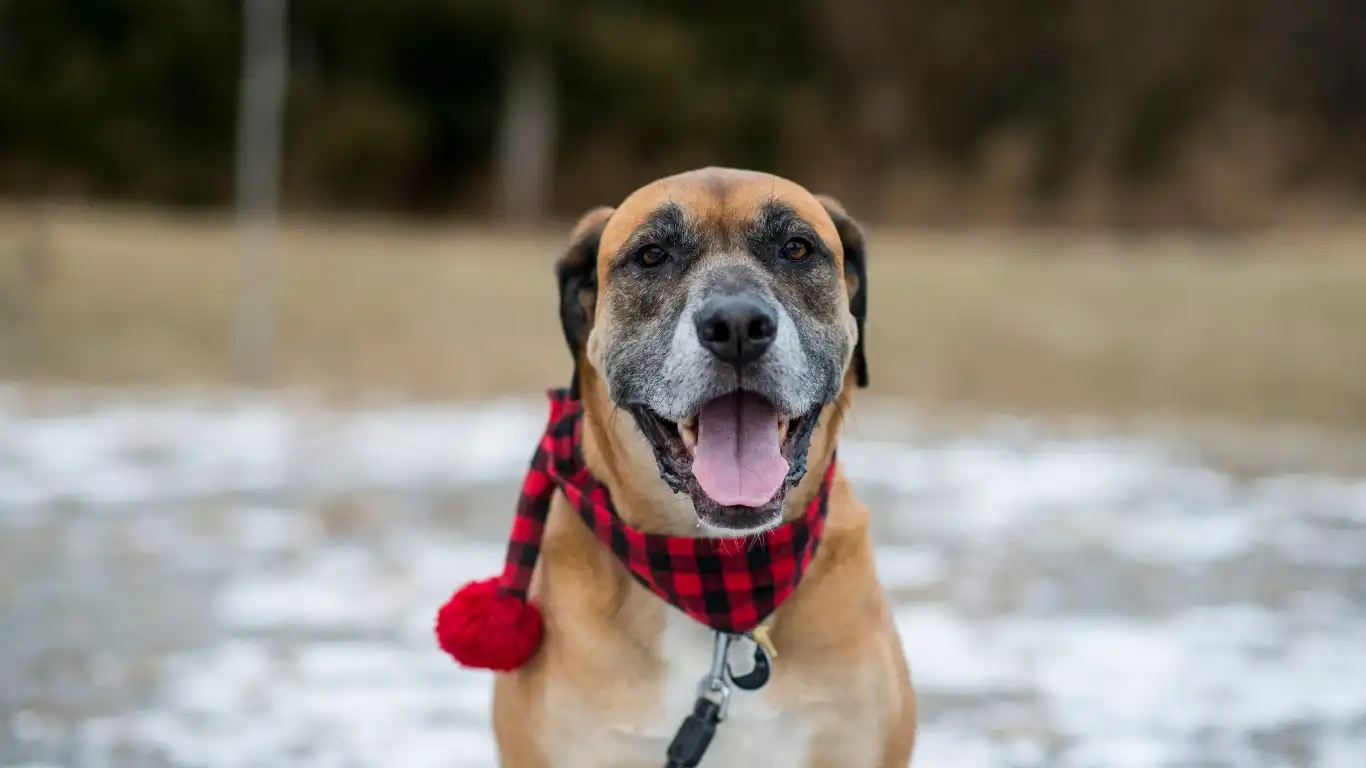
Comfort Comes First
Invest in a good quality dog bed that fits your dog’s size and sleep style. Some pups love to sprawl, others curl into a donut. Orthopedic beds are amazing for seniors or dogs with joint issues. Trust me, I’ve seen arthritic pups perk up dramatically with the right support under them.
Food and Water Station
Place their water bowl near their bed but not so close that it gets kicked over during sleepy stretches. Food bowls can be there too if you’re free-feeding, but I usually recommend feeding in a separate area to help create mealtime structure—especially if your dog tends to be a little food-obsessed.
Chews, Toys & Enrichment
Your dog’s space should include a few favorite toys and long-lasting chews. Rotate them weekly to keep things fresh. Enrichment toys like puzzle feeders are also perfect for apartments since they provide mental stimulation without taking up space. A busy brain is a happy brain—and less barking at neighbors through the walls!
Storage that Doesn’t Scream ‘Dog Stuff’
Let’s be honest: dog toys can look like a toddler exploded in your living room. Baskets, cube storage, or even repurposed ottomans work great for keeping things tidy. I keep Daisy’s leash, brushes, and her dental chews in a fabric bin under my console table. Looks cute, keeps the chaos in check.
Keeping Things Clean Without Losing Your Mind
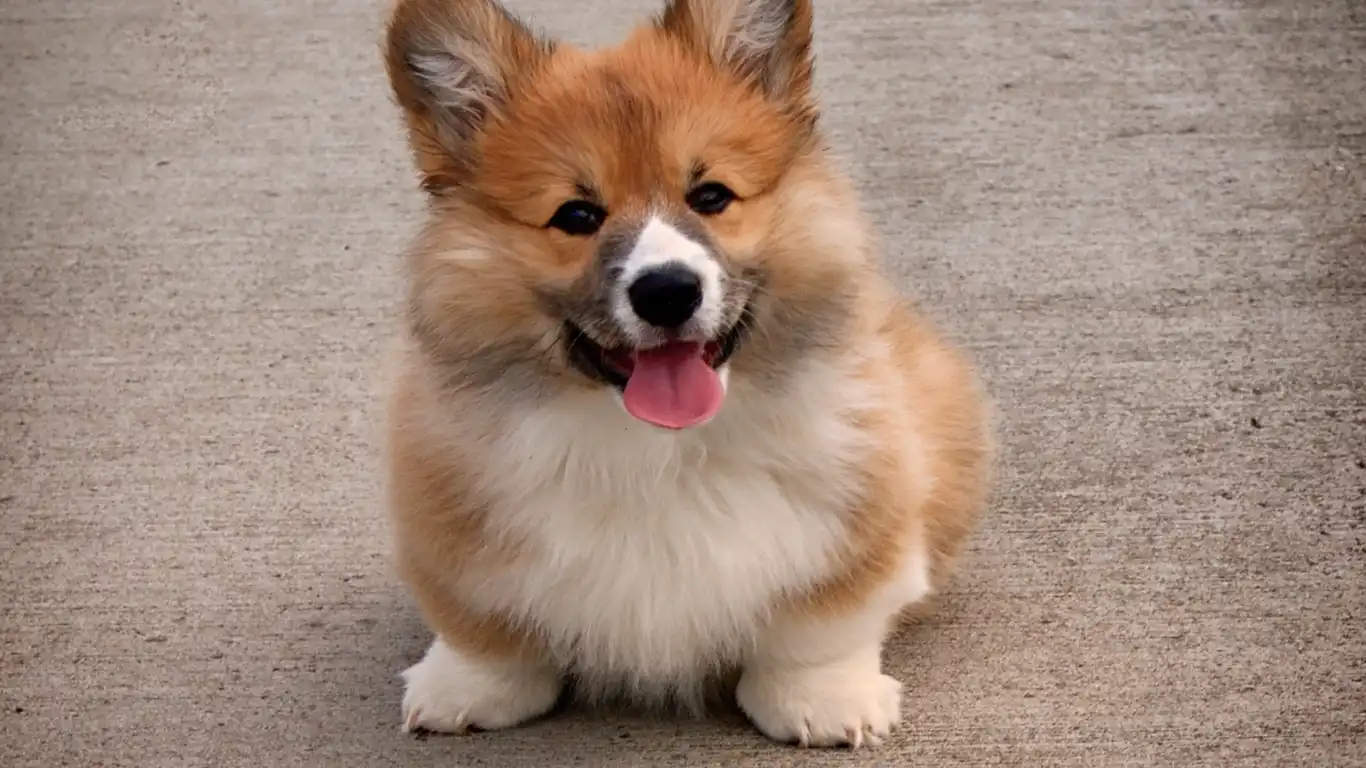
Let’s be real—sharing a small apartment with a dog means fur, slobber, and the occasional mystery smell. But it doesn’t have to feel like a full-time cleaning job. Over the years, I’ve picked up a few sanity-saving habits from clients and my own routine working in vet clinics (where mess is a given!).
Low-Maintenance Bedding
Skip the fluffy, decorative beds that are hard to wash. Look for ones with removable, machine-washable covers. Bonus points if the bed is water-resistant or has a lining to protect against accidents—especially if you’re still working on house training. I wash Daisy’s bed cover every Sunday like clockwork. It keeps her space smelling fresh and keeps allergens down, too.
Portable Rugs and Mats
Area rugs might tie your room together, but for dogs, they double as drool and fur magnets. Instead, I recommend rubber-backed washable mats or low-pile rugs you can toss in the wash. You’ll thank yourself after muddy walks on rainy days.
Vacuum Hack: Do It Daily… But Just One Spot
Trying to vacuum your whole apartment every day? Exhausting. Instead, focus on just the dog’s zone—five minutes max. I keep a cordless vacuum plugged in right by the kitchen and do a quick pass around Daisy’s bed and food mat every evening while my tea brews. Way more doable.
Setting Boundaries Without Making It a Prison
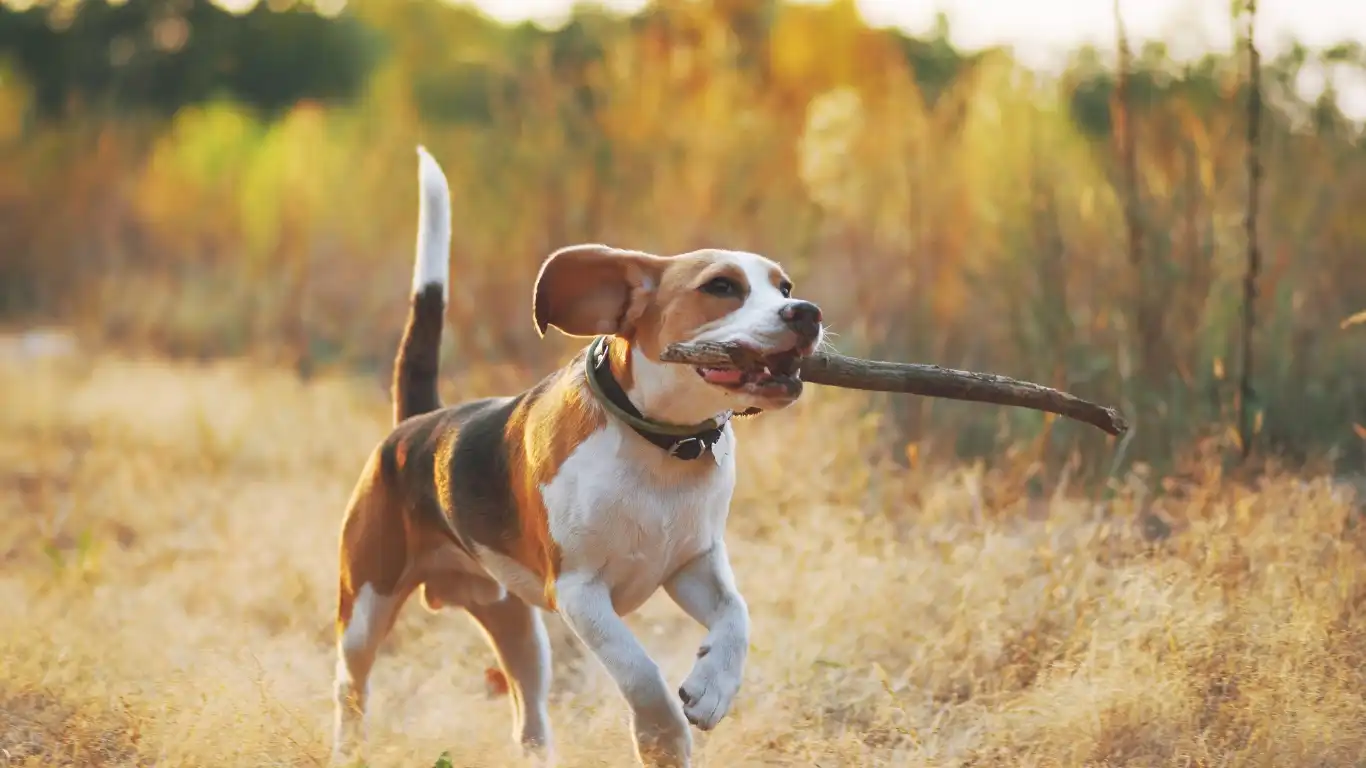
One of the biggest misconceptions about how to set up a dog’s area in a small apartment is that it needs to be totally separate or closed off. Not true. Dogs are social animals—they want to be near you. But setting subtle boundaries can help them understand what’s “their” spot without feeling shut out.
Use Visual Cues
Sometimes a small rug or even a low shelf next to their bed is enough to create a “zone.” Dogs actually recognize spacial boundaries better than we think. You don’t always need a pen or gate—though for new puppies or when guests come over, a foldable dog gate can be a game-changer.
Teach Place Training
If you haven’t done it already, teaching your dog a solid “go to your place” cue is worth every bit of training effort. I taught Daisy this with a few treats, her favorite blanket, and short sessions right in our living room. Now, when I’m cooking or on a Zoom call, she knows exactly where to go—and stays there (well, most of the time!).
Making It a Multi-Use Space (For You and Your Dog)
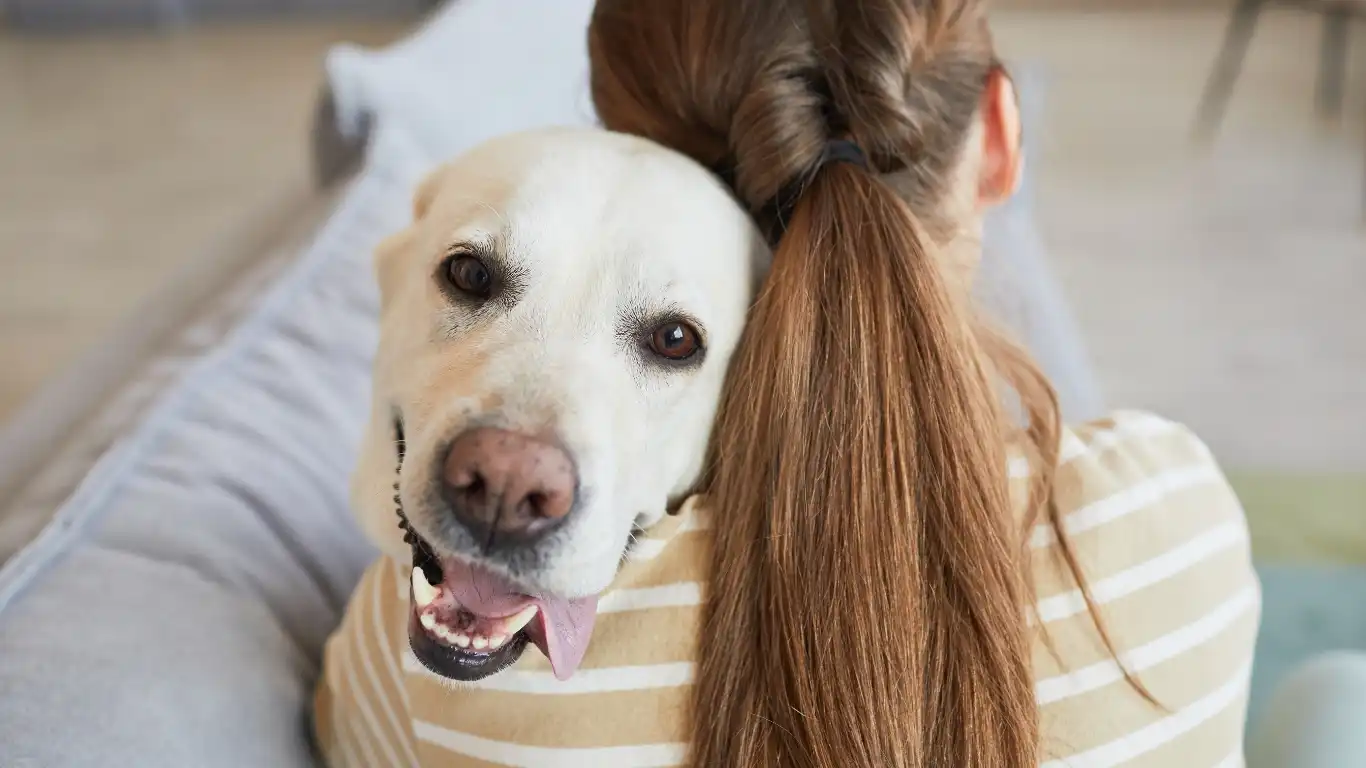
One cool trick I’ve seen—especially in tiny city apartments—is creating dual-purpose dog areas. Your dog’s corner doesn’t have to be just for them. With a bit of creativity, it can be part of your lifestyle too.
Under-the-Desk Dog Dens
If you work from home like I do, that space under your desk is prime real estate. Add a small bed or cushion there, and voila—your pup becomes your fluffy coworker. Daisy has her own little setup next to my office chair, and she snoozes through meetings like a pro.
Bench Seating With Storage
This is my favorite hack. Find a bench or ottoman with interior storage and soft top padding. Store your dog’s toys and grooming stuff inside, and use the top as their nap spot—or your own extra seating. It’s a win-win.
Vertical Storage to the Rescue
When floor space is tight, think vertical. Wall hooks for leashes, floating shelves for treats and supplies, even a hanging organizer behind a door can clear clutter and make your dog’s stuff more accessible (and less of a trip hazard!).
Considerations for Special Needs or Senior Dogs
If your dog is older, has arthritis, or any other mobility issues, planning their space takes just a bit more thought. I’ve helped many senior pups live their best apartment life with just a few tweaks:
- Skip stairs or jumps — Avoid elevated beds or setups where they need to hop onto furniture.
- Non-slip surfaces — Use traction mats or rugs on hardwood or tile to prevent slipping.
- Accessible water bowls — Make sure their bowls are elevated slightly to reduce neck strain, especially for big breeds or dogs with joint issues.
Even small things like heating pads in winter or cooling mats in summer can make a huge difference for their comfort. I had a senior golden retriever patient who adored her orthopedic mat in front of the heater—she’d curl up there every evening like it was a spa.
Maintaining Your Dog’s Area Over Time

Setting up a dedicated dog area is just the beginning. Keeping it functional and cozy requires a bit of ongoing effort—but nothing too overwhelming, promise! Over the years working as a Veterinary Technician, I’ve learned that consistent maintenance helps your pup stay happy, healthy, and comfortable—and keeps your apartment feeling like a home, not a zoo.
Regularly Rotate Toys and Bedding
Dogs can get bored of their toys quickly, just like kids. Switching out toys every couple of weeks keeps their interest piqued and prevents destructive behaviors born from boredom. Plus, washing bedding every week or two helps avoid odors and keeps allergens down. If your dog tends to drool or has allergies, I’d recommend even more frequent washing.
Inspect for Wear and Tear
As much as we love our furry friends, those nails and teeth can really do a number on beds, rugs, and mats. I make it a habit to check their space monthly for any damaged or unsafe items. For example, a ripped-up bed could be a choking hazard if your dog starts chewing on the stuffing.
Adapt the Space as Your Dog Ages or Changes
Just like humans, dogs’ needs evolve. A puppy’s area will look different from a senior dog’s comfort zone. When I transitioned Daisy from a puppy to an adult dog, I swapped out her flimsy bed for a more supportive orthopedic one. When she got older, I added a non-slip rug to help her joints. Staying flexible with your dog’s space keeps them feeling safe and comfortable for years.
Tips for Apartment Living Success with Your Dog

Living in a small apartment with a dog has its challenges, but with a little planning and some love, it can be downright rewarding. Here are some of my best tips from years of helping clients and caring for my own furry friends.
Stick to a Routine
Dogs thrive on routine, especially in a compact space where everything feels a bit more intense. Regular walks, feeding times, and play sessions help your dog settle mentally and physically. In my experience, a structured day means less anxiety and fewer “uh-oh” moments in your apartment.
Exercise and Mental Stimulation Are Key
Because your apartment isn’t sprawling with endless yard space, you’ll want to get creative. Puzzle toys, training sessions, and frequent outdoor walks or trips to dog parks can keep your pup’s mind and body active. I often advise clients to think beyond just “walks”—try short training bursts or even scent games at home to tire their brain out.
Respect Your Neighbors
This might sound obvious, but it’s so important in apartment living. Excessive barking can strain relationships fast. If your dog tends to get vocal when you leave or when strangers pass by, consider crate training or using calming aids like pheromone diffusers. I’ve also seen success with classical conditioning exercises to reduce reactivity. If you’re struggling, your vet or a qualified trainer can help tailor a plan.
Safety First
In small spaces, accidents can happen quickly. Always keep harmful plants, chemicals, and small objects out of reach. Having a secure spot for your dog also means they’re less likely to chew on cords or get into trouble while you’re out. As someone who’s worked closely with pets in clinical settings, I can’t stress enough how much a safe environment reduces emergency visits.
Final Thoughts on Creating Your Dog’s Area in a Small Apartment
Making a cozy, functional dog space in a small apartment isn’t about having a lot of room—it’s about using the space you do have smartly, compassionately, and creatively. From choosing the right spot, incorporating comfy essentials, setting boundaries without isolation, to keeping things clean and safe, these small steps add up to a happier dog and a happier you.
Trust me, with some trial and error, a pinch of patience, and a dash of love, your pup will have their perfect little haven—and you’ll both enjoy apartment life a whole lot more.
References
Disclaimer
The information provided in this article is based on my professional experience as a Veterinary Technician and is intended for educational purposes only. It is not a substitute for professional veterinary advice, diagnosis, or treatment. Always consult your veterinarian regarding any concerns about your pet’s health or behavior.
